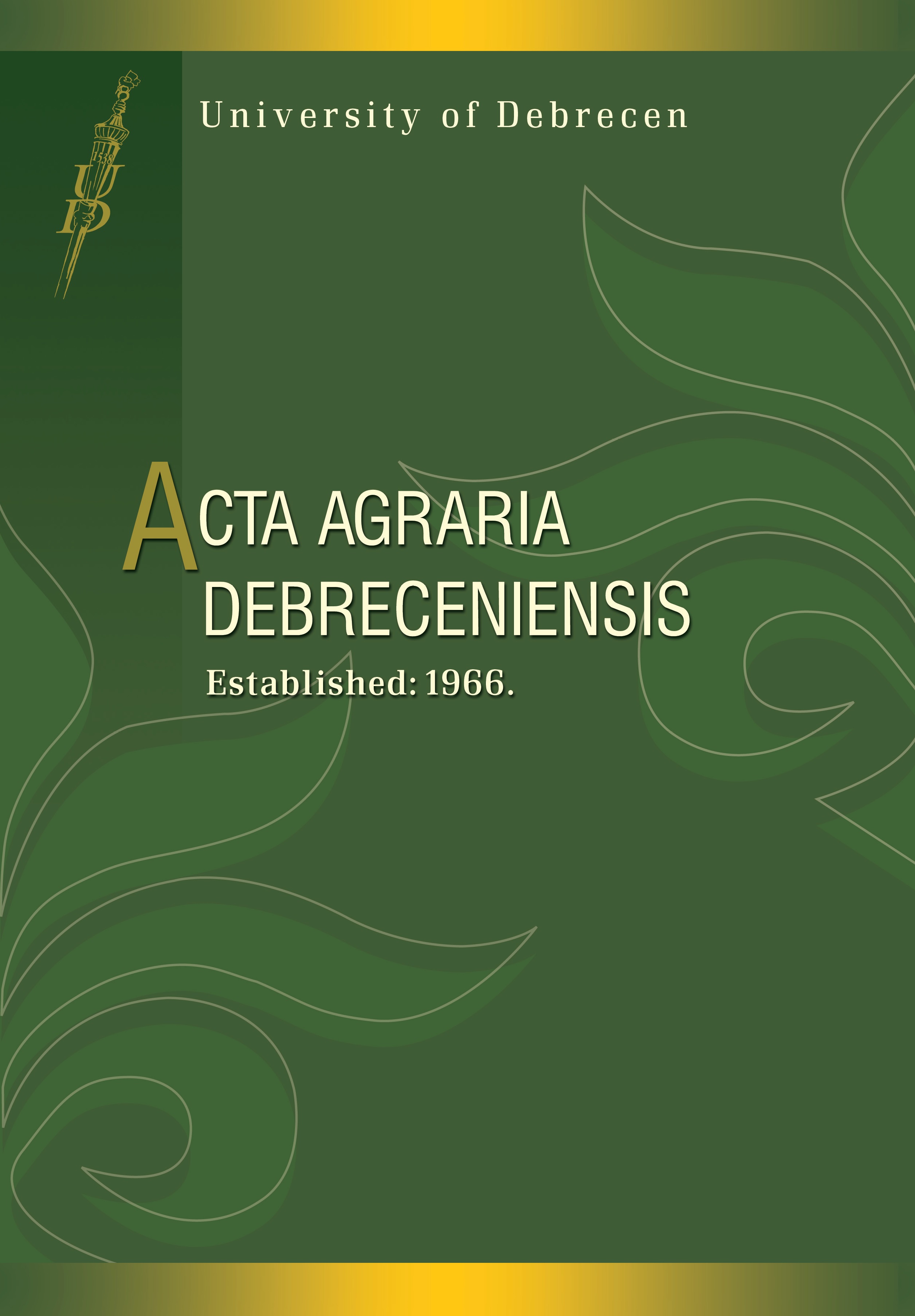Yield components of hairy vetch (Vicia villosa Roth.) in different sowing technologies on acidic sandy soil
Authors
View
Keywords
How To Cite
Abstract
Nearly a quarter of the agricultural utilized area of our country is made up of sandy soils. Sandy soils are poor in nutrients, and, therefore, the effectiveness of farming is basically determined by the method of maintaining soil fertility and the fertilization practice.
The hairy vetch called Vicia villosa Roth (Sandy Roth.), also known as a sand pioneer, plays a significant role in the exploitation of sandy soils. Its cultivation was started in Hungary in the late 1800s. It is primarily used as green fodder, most recently as a green manure and as a soil protection plant. The lupine is grown mainly as a supportive plant, which was previously rye, and today it is triticale. The ratio of the two plants to each other and the spatial location of plants depend on the method of sowing.
The aim of our work was to present the yields of some of the grain grown in different sowing methods and some of its crops.

 https://doi.org/10.34101/actaagrar/2/3683
https://doi.org/10.34101/actaagrar/2/3683